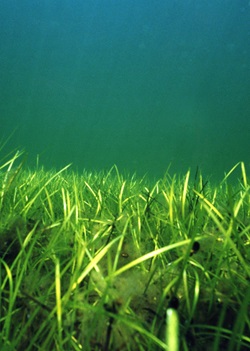In conjunction with the Danish National Environmental Research Institute (Danish Ministry of the Environment and Nature Agency), we will develop a set of tools, which will be the official tools for marine water planning in Denmark in the coming years.
 Photo: © Sverre Mohr Mortensen, DHI Photo: © Sverre Mohr Mortensen, DHI
|
Eutrophication has affected the water quality in coastal areas worldwide, with secondary effects on key habitats and ecosystem services. Since the late 1980s, Denmark has significantly reduced nutrient loadings to recipients. However, there has been no corresponding improvement in the environmental status of coastal waters.
The Danish Ministry of the Environment and Nature Agency wanted to better understand the role of nutrients and other pressures on marine water. They also wanted to ensure the knowledge base for the development of national plans with the aim of achieving ‘Good Environmental Status’ of Danish coastal waters (as per the EU Water Framework Directive). In order to do this, the Ministry is embarking on a project to develop a new, advanced set of empirical and dynamic modelling tools.
The project will develop and apply ecosystem models by:
- using our MIKE by DHI software – ECO lab
- addressing the governing coastal processes and ecosystem services such as sediment processes, sea grass, algal growth, oxygen depletion and so on
The new tools will address water quality in catchments, lakes and marine areas. We are participating in the development in all three areas, with the largest contribution to marine tool development.
The project will, among other things, develop methods that will make it possible to quantify the importance of national nutrient discharges relative to trans boundary transport and atmospheric depositions. The resulting modelling complex will be a strong tool for taking knowledge-based decisions to obtain the best and most cost-efficient measures. Hence, the tools developed are expected to be central to defining environmental statuses, as well as setting realistic goals for future actions for achieving good water quality.